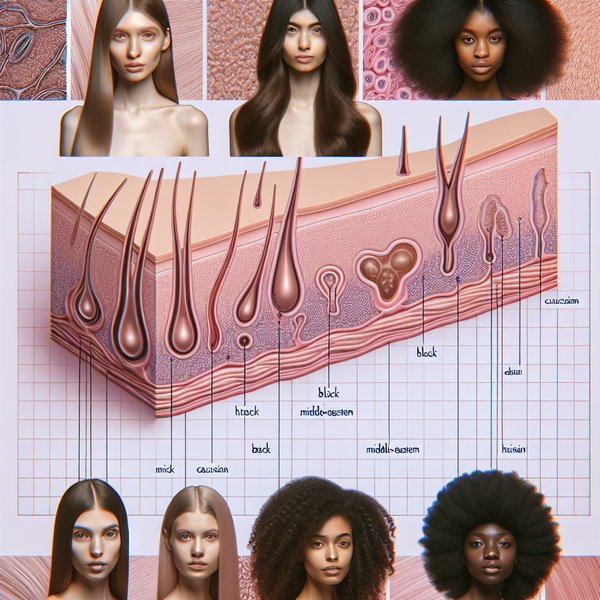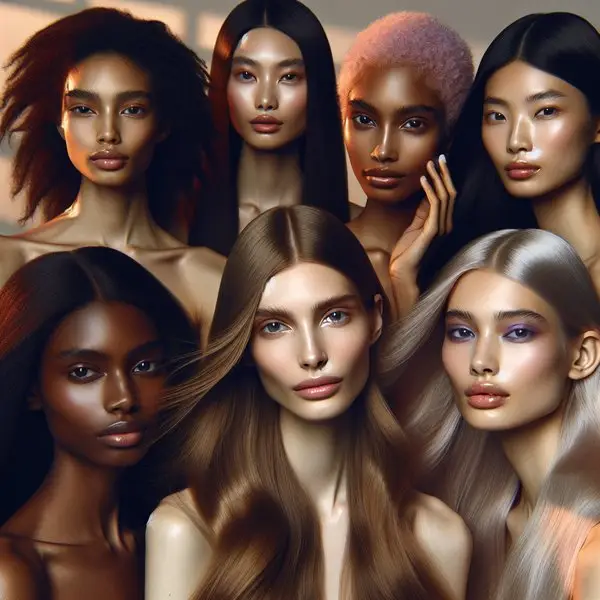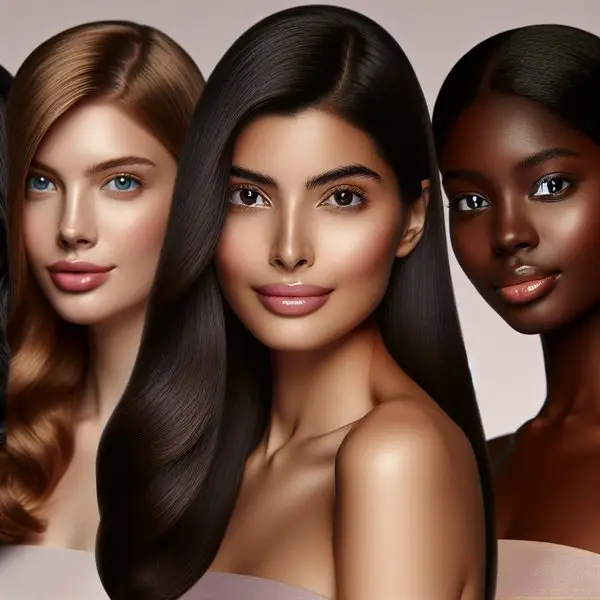Achieving Natural Hair Volume: The Science and Techniques

*Especially for natural hair*
Do you dream of having voluminous hair that turns heads at your next big event? Creating show-stopping volume with your natural texture is entirely possible—and understanding the science behind hair volume empowers you to achieve the look you want. Your hair deserves to be understood, so let’s discover the evidence-based techniques that work for all hair types across the UK.
What You’ll Learn

- The science behind this hair care topic
- Practical solutions for UK weather conditions
- Tips tailored to your hair type
- Common mistakes to avoid
Understanding the Problem

*Especially for natural hair*
When it comes to hair volume, several scientific factors come into play:[1]
- **Hair Density:** This refers to the number of individual hair strands per square centimetre on your scalp. Higher density equals more potential for volume.
- **Hair Texture:** Wavy (type 2) and curly (type 3) hair textures naturally create more space between strands, making hair appear fuller. Straight hair (type 1) can look flatter, but can still achieve ample volume with the right methods.[2]
- **Hair Diameter:** Thicker strands create more volume than finer ones. However, fine hair is often more responsive to volumising techniques.
In the UK, factors like high humidity, frequent rain, and indoor heating can deflate volume—but not to worry, there are solutions for every hair type and climate.
##
🌸 Summer Hair Care Tip
*High humidity and frizz* – Apply UV protection
##
The Science of Volume
*Especially for natural hair*
To build volume, we need to grasp the structural properties of hair. Each strand consists of three layers:[3]
- The **Medulla** – the innermost layer
- The **Cortex** – the middle layer that determines strength and elasticity
- The **Cuticle** – the protective outer layer made of overlapping scales
When the cuticle scales lie flat, hair appears smooth and reflects light. Lifted cuticles create a rougher surface that diffuses light, making hair look fuller.[4] Many volumising techniques work by strategically lifting the hair cuticle.
Instant Volume Solutions
*Especially for natural hair*
For your upcoming show, try these quick fixes to maximise volume:
- **Blow-Drying Technique:** After washing, flip your head upside down and rough-dry hair on medium heat. The inverted position lifts roots for instant oomph.[5]
- **Volume-Boosting Products:** Apply a volumising mousse or root-lifting spray to damp hair, focusing on the roots. Look for products with panthenol or hydrolysed wheat protein, which coat strands to thicken them.[6]
- **Velcro Rollers:** After blow-drying, wind sections of hair around large velcro rollers. Let hair cool completely before removing for long-lasting volume.
- **Teasing and Backcombing:** Gently backcomb roots with a fine-toothed comb to create a cushion of volume. Be sure to only tease the under-layers to avoid visible damage.[7]
Long-Term Volume Strategies
*Especially for natural hair*
For lasting volume gains, adopt these habits into your regular hair care routine:
- **Volumising Shampoos and Conditioners:** Use a volumising shampoo that won’t weigh down roots. Apply conditioner only to ends to avoid flat roots.[8]
- **Weekly Clarifying:** Product buildup can make hair heavy and limp. Clarify weekly with a deep-cleansing shampoo to remove residue and restore bounce.[9]
- **Strategic Layering:** Ask your stylist for layers that enhance your natural texture. Face-framing layers and texturised ends create the illusion of fullness.[10]
- **Scalp Massage:** Gently massaging your scalp increases blood flow to hair follicles, encouraging thicker, healthier hair growth over time.[11]
Tips for UK Weather
*Especially for natural hair*
The British climate poses unique challenges for voluminous hair, but these tips can help:
- **Humidity:** Mist a lightweight hair oil onto finished styles to prevent frizz and maintain volume on muggy days.
- **Rain:** Carry a collapsible umbrella to protect volume from unexpected showers. If hair does get wet, gently scrunch with a microfibre towel and re-style.
- **Hard Water:** Many UK areas have hard water, which can leave hair flat and dull. Install a shower filter to remove mineral buildup and restore volume.[12]
Specific Tips for Natural Hair
*Especially for natural hair*
For those with natural hair textures (type 3 and 4), these techniques maximise volume:[13]
- **Stretch It Out:** Style hair when damp using braids, twists, or threading to gently stretch curls without heat.
- **Pick for Volume:** Use an afro pick to lift roots and fluff out curls for instant fullness. Focus picking at the crown for maximum impact.
- **Pineapple Method:** Gather hair loosely at the top of your head (like a pineapple) before bed. Secure with a silk scrunchie to preserve volume overnight.
Embrace Your Natural Volume
*Especially for natural hair*
Remember, the key to voluminous hair lies in working with your natural texture, not against it. Experiment with these techniques to find what works best for your unique hair type and lifestyle. With a bit of science and self-discovery, you’ll be rocking larger-than-life volume in no time—on stage and every day.
Knowledge is power when it comes to hair care, so keep learning and embracing what makes your hair uniquely beautiful. For more expert tips and tutorials, visit HairLove UK—your destination for inclusive, science-backed hair care advice.
—
References:
- https://www.ncbi.nlm.nih.gov/pmc/articles/PMC4387693/
- https://pubmed.ncbi.nlm.nih.gov/28295464/
- https://www.ncbi.nlm.nih.gov/books/NBK513312/
- https://onlinelibrary.wiley.com/doi/abs/10.1111/j.1468-2494.2006.00344.x
- https://pubmed.ncbi.nlm.nih.gov/19467113/
- https://pubmed.ncbi.nlm.nih.gov/20211698/
- https://www.jaad.org/article/S0190-9622(15)02030-1/fulltext
- https://pubmed.ncbi.nlm.nih.gov/29694615/
- https://pubmed.ncbi.nlm.nih.gov/30680087/
- https://onlinelibrary.wiley.com/doi/abs/10.1111/jocd.13997
- https://www.karger.com/Article/FullText/499297
- https://onlinelibrary.wiley.com/doi/abs/10.1111/j.1468-2494.2012.00754.x
- https://pubmed.ncbi.nlm.nih.gov/28489030/